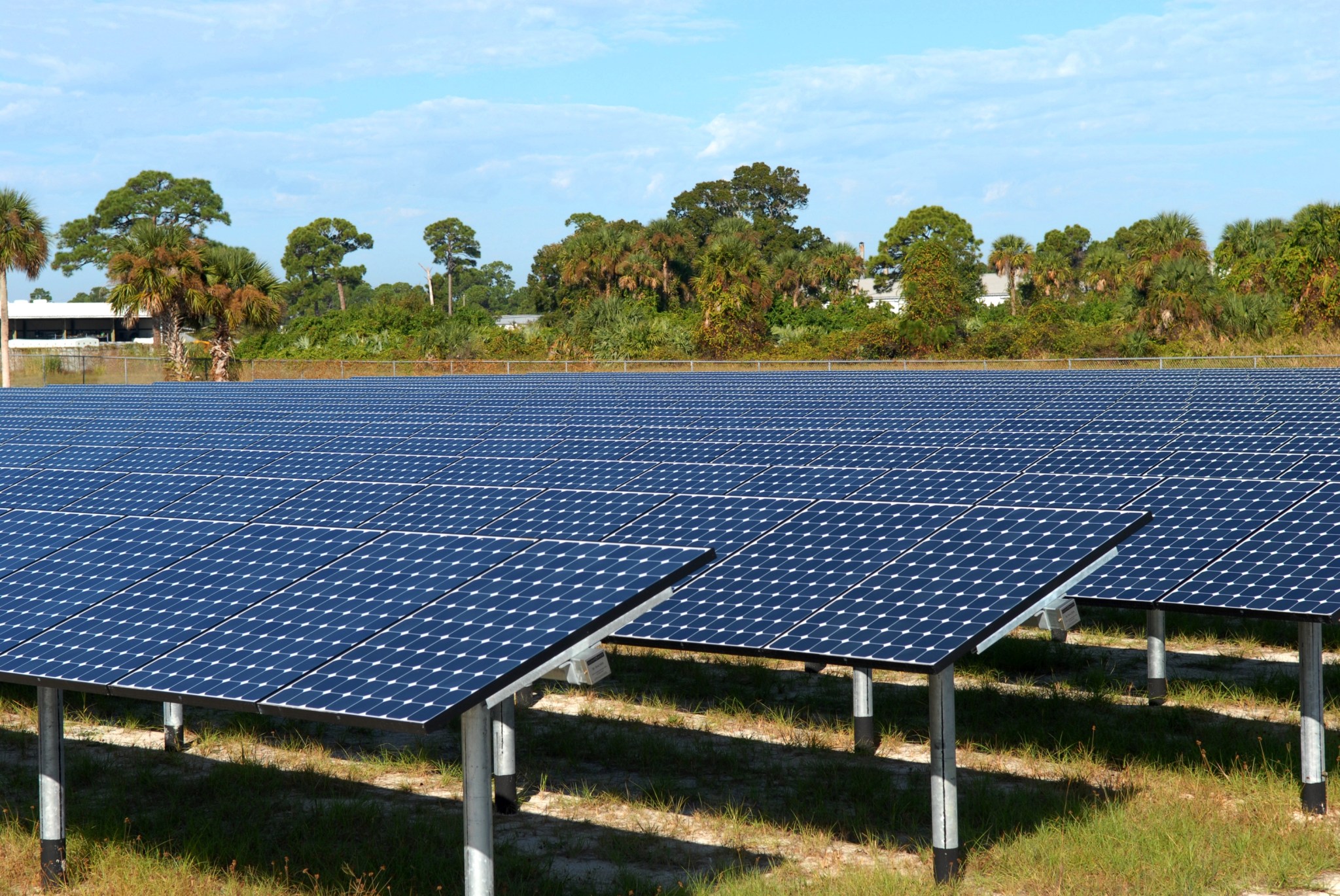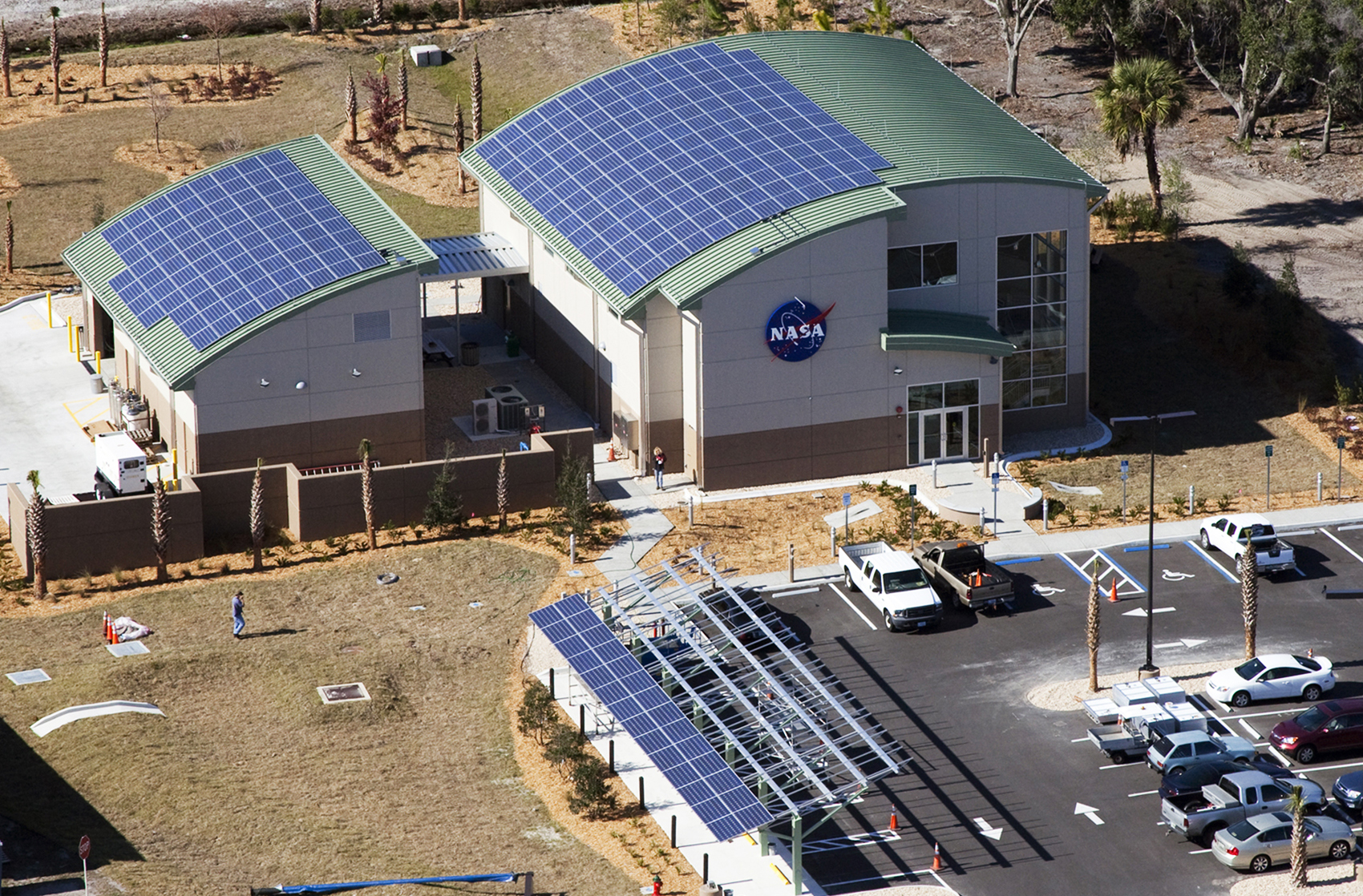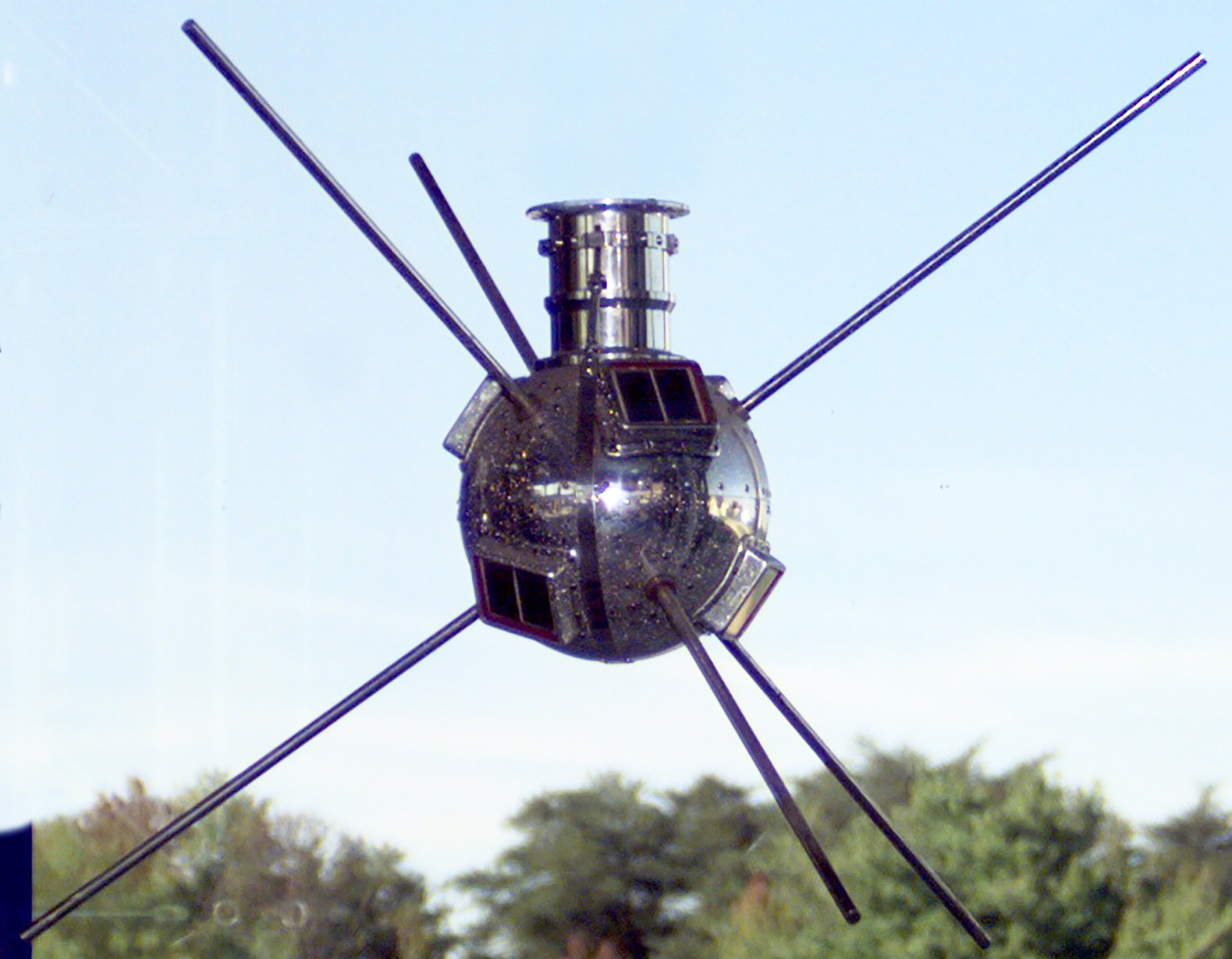By Bob Granath
NASA’s Kennedy Space Center, Florida
Everyday life in the 21st century requires more and more energy. From more powerful computers to larger televisions and the latest gadgets, the demand for additional power seems to increase each day. At NASA’s Kennedy Space Center in Florida, experts continue to find ways to be more energy efficient and encourage the center’s employees to do the same.
To highlight these efforts, Kennedy’s Spaceport Integration and Services has set October as Energy Awareness Month.
“We want to not only focus on what we’re doing here at Kennedy, but help employees know what they can do on an individual basis,” said Nick Murdock, Energy and Water manager at Kennedy.
It’s more than simply remembering to turn out the lights when you go home at the end of the day. According to Murdock, Energy Awareness Month will include messages for general energy awareness, speakers and presentations on being more energy aware.
“Many of the speakers will be making presentations on solar energy,” he said. “An increasing amount of the center’s electricity is coming from solar. We want to highlight that and give our workforce information on how they could consider it for use in their homes.”
Use of solar power in the space program goes back to its earliest days. Dr. Hans Ziegler, who is often regarded as the father of spacecraft solar power, saw the potential for capturing energy from the Sun as early as May 1954 after examining the solar cells developed at Bell Laboratories.
“Future development (of the solar cell) may well render it into an important source of electrical power on the roofs of all our buildings in cities and towns,” he said.
The idea of spacecraft using solar panels was inspired by Ziegler, a member of Wernher von Braun’s rocket team who came to the United States in the 1940s. The Vanguard 1 satellite, launched in 1958, was the first spacecraft to use solar panels.
Since then, solar panels have provided power for many types of spacecraft such as the Magellan probe to Venus, and the Mars Global Surveyor, as well as the Earth-orbiting Hubble Space Telescope and International Space Station.
In 2009, the Kennedy Solar Energy Center established the first of two new power facilities at the center using solar panels to convert sunlight into electricity. In the center’s Industrial Area south of the Vertical Integration Facility, the solar farm creates one megawatt of electricity, or enough to power 110 homes. For Kennedy, the power output equates to about 1 percent of the center’s electricity usage.
A second, much larger solar energy complex was built in a former citrus grove at the south end of the center. That location has 35,000 solar panels, producing 10 megawatts of electricity and was completed in 2010. More “solar farms” are planned for the center’s future.
Kennedy’s Propellants North Administrative and Maintenance Facility uses more than 300 rooftop-mounted solar photovoltaic panels, just as predicted by Ziegler. As such, it is the agency’s first carbon-neutral facility, which means it will produce enough energy onsite from renewable sources to offset what it requires to operate. The facility will produce an estimated 150 megawatt-hours per year through an 80-kilowatt solar array, integrating the two photovoltaic roof systems.
Murdock added that solar energy is “environmentally friendly,” creates no carbon emissions and requires no fuel, such as oil or natural gas.
“It’s a clean, low-cost source of power,” he said. “During Energy Awareness Month, we will have information on how to take advantage of solar technology well beyond the space center.”





























